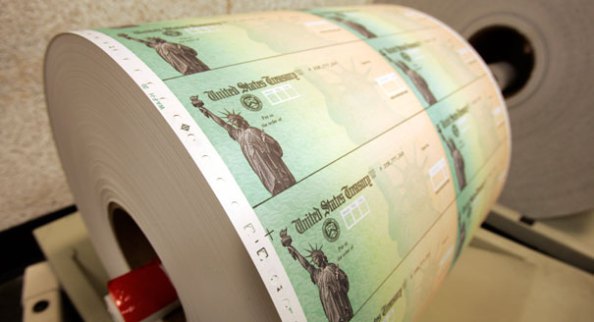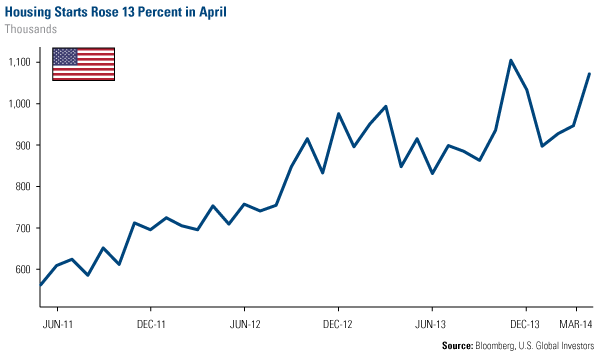The Economy and Bond Market Radar (May 20, 2014)
Treasury bond yields fell this week with the long end of the yield curve experiencing a significant rally. The 30-year Treasury is at the lowest levels since June 2013 as euro area economic data was weaker than expected, deflation concerns have reemerged, and the European Central Bank (ECB) is likely to ease monetary policy in June. U.S. fixed income has also become relatively attractive as 10-year European periphery bonds are yielding less than 3 percent, with many long-term challenges still ahead of them. Housing starts here in the U.S. crossed back above the 1 million annualized unit level and have been steadily climbing for the past several years. Some analysts were concerned with the underlying composition of the data, as virtually all the growth was from multi-family units, which are not viewed as favorably as single family starts. The key takeaway is that activity is picking up right on schedule and housing will be an important component of the economic expansion in 2014.
Strengths
- Housing starts and building permits both eclipsed 1 million annualized units in April. If housing can resume its recovery, that would be a very positive development for overall economic activity.
- The National Federation of Independent Business (NFIB) optimism index, which measures small business confidence, rose to the highest level since the financial crisis and has risen for seven months in a row.
- The Bundesbank (German Central Bank) endorsed the idea of monetary easing by the ECB, clearing a potential roadblock.
Weaknesses
- European GDP data was weaker than expected as EU GDP rose 0.9 percent, which was below expectations. Italy contracted slightly and France showed no growth.
- International economic data was skewed toward weakness this week as data out of China disappointed and Germany’s ZEW business confidence index fell sharply in May.
- Retail sales here in the U.S. were weaker than expected, rising just 0.1 percent after March data was revised higher. This was somewhat surprising as the early indications were generally better than expected and highlights the risks to the expansion.
Opportunities
- Bond yields have broken below their recent range. This often indicates a new equilibrium could be established at a lower level, allowing bonds to continue to rally from here.
- The President of the ECB, Mario Draghi suggested the ECB may ease monetary policy in June in response to the strong euro and low inflation.
- There are many moving parts to the taper decision and while the Federal Reserve began the process, it is very possible that tapering could be delayed if the economy stumbles.
Threats
- Long-term bonds have posted strong returns so far year to date and with economic data looking supportive, a modest sell off wouldn’t be surprising.
- Trade and/or currency “wars” cannot be ruled out which may cause unintended consequences and volatility in the financial markets.
- China remains a wildcard for economic recovery and the economy has shown some cracks in recent months. This is similar to how last year started and China found its footing. Something similar needs to happen this time around.
















